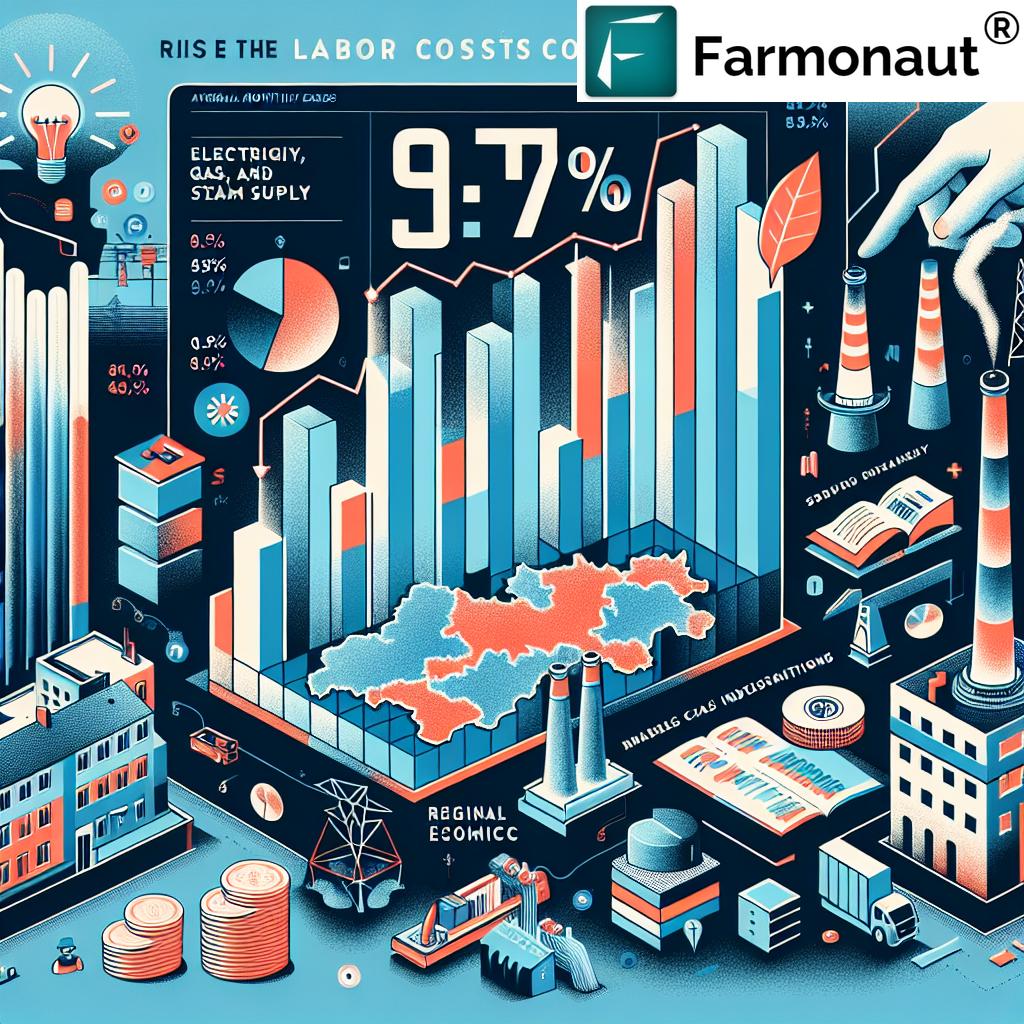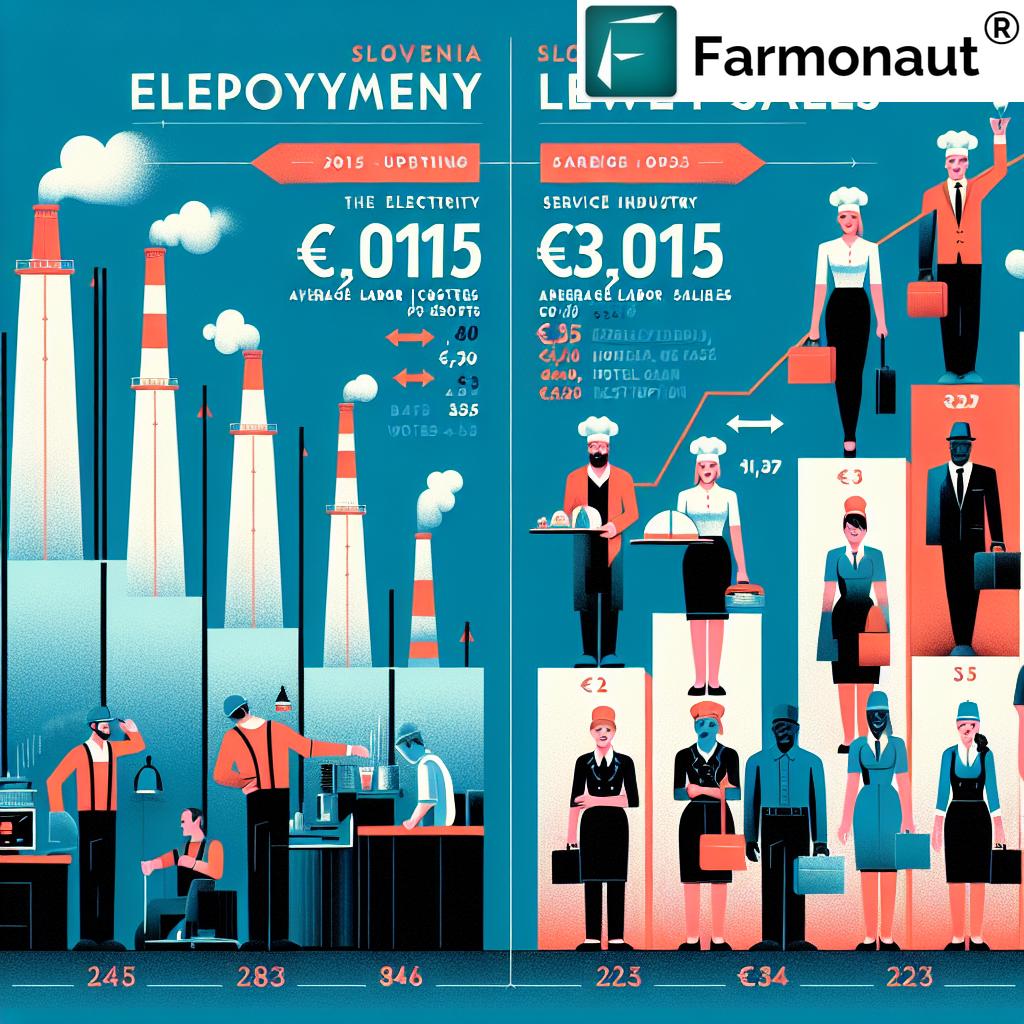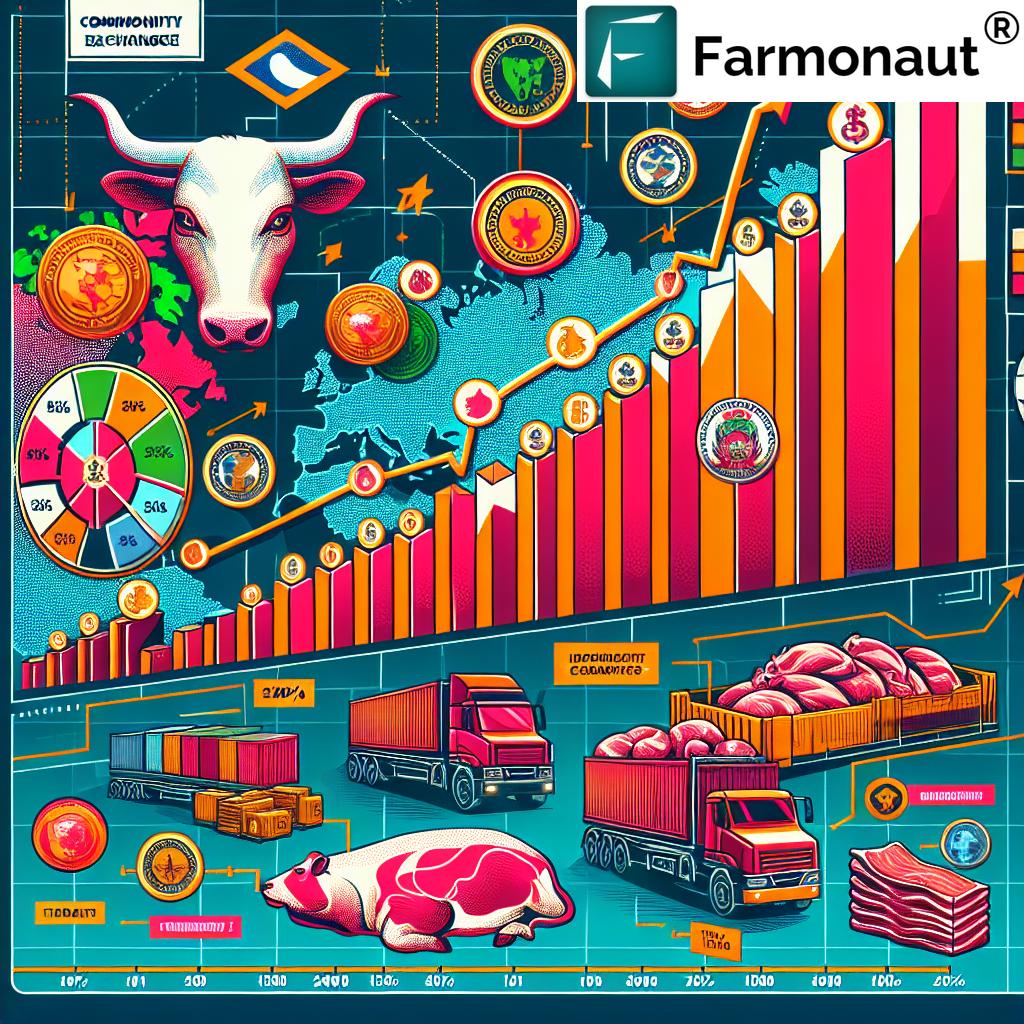Revealed: Slovenia’s Skyrocketing Labor Costs Surge 9.7% – Shocking Sector Disparities Exposed
Ljubljana, Slovenia – In a groundbreaking revelation, recent statistics have unveiled a significant surge in Slovenia’s labour costs, painting a vivid picture of the country’s evolving economic landscape. The latest data, released on Tuesday, highlights a remarkable 9.7% increase in average monthly Slovenian employment expenses per employee, reaching a staggering EUR 3,015 in 2023. This substantial growth in Slovenia labor costs has sent ripples through various sectors, exposing striking disparities and reshaping the nation’s labor market dynamics.

Unpacking the Slovenia Labor Cost Surge 2023
The Slovenia labor cost surge 2023 has become a focal point for economists, policymakers, and businesses alike. This unprecedented increase in Slovenian workforce expenses reflects a complex interplay of factors, including:
- Economic growth and recovery post-pandemic
- Inflation pressures
- Skill shortages in key industries
- Government policies aimed at improving living standards
As Slovenia economic indicators continue to evolve, the surge in labor costs presents both opportunities and challenges for the nation’s economic trajectory.
Diving Deep into Slovenian Wage Growth by Sector
One of the most intriguing aspects of this development is the stark contrast in employment costs by sector Slovenia. The statistics reveal a fascinating landscape of Slovenian wage growth, with some sectors experiencing dramatic increases while others lag behind.
Highest Paying Sectors in Slovenia
Leading the pack in the highest paying sectors in Slovenia is the electricity, gas, and steam supply industry. This sector has witnessed an extraordinary surge in labor costs, reflecting its critical role in Slovenia’s infrastructure and energy security. Other high-paying sectors include:
- Information and communication technology
- Financial and insurance activities
- Professional, scientific, and technical services
These sectors not only offer the highest average monthly salary Slovenia 2023 but also demonstrate the country’s shift towards a knowledge-based economy.

Sectors with Lower Labor Costs
On the other end of the spectrum, certain sectors continue to grapple with lower Slovenian employment expenses. The category labeled as “other” by statisticians exhibits the lowest labor costs, encompassing various service-oriented and labor-intensive industries. This disparity underscores the need for targeted economic policies to address wage inequalities across sectors.
Analyzing Slovenia Employment Expense Trends
The Slovenia employment expense trends observed in this latest data release offer valuable insights into the country’s economic health and labor market dynamics. Key observations include:
- A consistent upward trajectory in overall labor costs
- Widening gap between high-skilled and low-skilled sectors
- Increased competition for talent in high-growth industries
- Potential impact on Slovenia’s global competitiveness
These trends highlight the importance of continuous monitoring and analysis of Slovenia labor statistics to inform policy decisions and business strategies.
Implications for Businesses and the Economy
The surge in Slovenia business expenses related to labor costs has far-reaching implications for both local and international companies operating in the country. Businesses must now navigate:
- Increased operational costs
- Pressure to boost productivity to offset higher wages
- Potential for automation and digitalization to manage expenses
- Need for strategic workforce planning and talent retention
For the broader economy, the rise in labor costs could potentially impact inflation rates, consumer spending, and Slovenia’s attractiveness as a destination for foreign investment.
Government Response and Future Outlook
In light of these developments, the Slovenian government faces the challenge of balancing economic growth with equitable wage distribution. Potential policy responses may include:
- Targeted support for lower-wage sectors
- Investment in education and skills training
- Measures to boost productivity across industries
- Initiatives to attract high-value industries and foreign investment
As Slovenia continues to navigate this period of significant wage growth, policymakers and business leaders must work collaboratively to ensure sustainable economic development that benefits all sectors of society.
Conclusion: Navigating the Changing Landscape of Slovenian Labor Costs
The 9.7% surge in Slovenia’s labour costs marks a pivotal moment in the country’s economic journey. As Slovenian labor market statistics continue to evolve, stakeholders across all sectors must remain vigilant and adaptive. The disparities revealed between high-paying and low-paying sectors underscore the need for targeted strategies to promote balanced growth and ensure Slovenia’s continued competitiveness on the global stage.
For businesses and investors looking to navigate these changes, staying informed about the latest Slovenia economic indicators 2023 is crucial. Tools and resources that provide up-to-date data and analysis can be invaluable in making informed decisions in this dynamic environment.
Explore advanced satellite and weather data solutions to enhance your business strategies:
For developers interested in integrating cutting-edge satellite and weather data into their applications, check out our comprehensive API Developer Docs.
Stay connected with the latest updates and access powerful tools on-the-go with our mobile apps:
As Slovenia continues to navigate this era of significant wage growth and economic transformation, staying informed and leveraging advanced tools and data will be key to success in this evolving landscape.
















